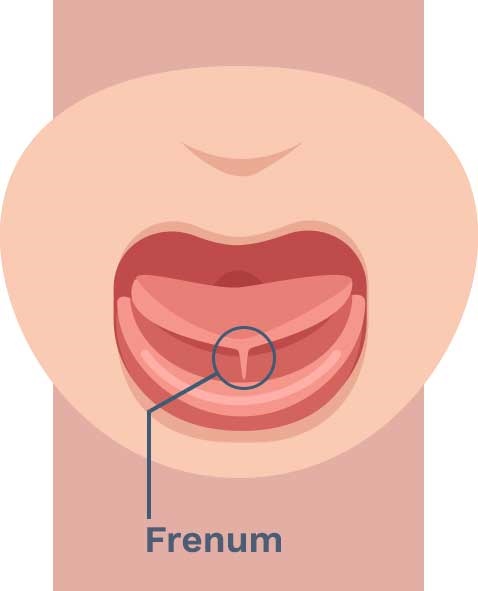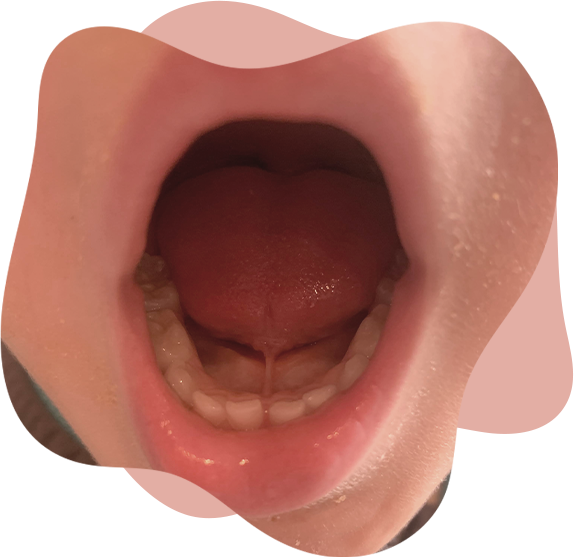Tongue Tie
Personalized Treatment
Our approach to tongue ties is holistic and comprehensive. We will be doing a thorough evaluation, encompassing a full oral anatomical and functional assessment, along with a detailed review of medical and dental history.
Everyone has a frenum (the string under your tongue). If the frenum restricts the tongue function or affects the rest of your body, the tongue is “tied” or “tethered”. Not every tethered tongue needs surgical intervention. Myofunctional therapy as well as bodywork are key players to figuring out if the tissue is tied or just tight. We do not treat tongue ties without treating the fascia and function as well.
We understand that each individual's situation is unique, which is why we prioritize creating personalized treatment plans tailored to your specific needs. Our team is committed to providing expert guidance and support throughout the entire process, from evaluation to treatment and beyond.
In cases where additional support is needed, we collaborate closely with other healthcare professionals and facilitate referrals as necessary. Managing tongue tie is a multifaceted issue, and we recognize that there is no one-size-fits-all solution. We are dedicated to finding the best approach for you and your family.

Possible Signs of a Tongue Tie
- Unable to longer than an hour between feedings
- Slips off the nipple
- Falls asleep during feedings
- Clicking during feedings
- Never satisfied after feedings
- Slow/low weight gain
- Leaking at the breast/bottle
- Low tongue posture while crying
- Painful latching/damaged nipples
Child or Adult
- Poor tongue range of motion
- Chocking on food/water
- Difficulty with certain foods/textures
- Open mouth breathing
- Teeth clenching/grinding
- Narrow palate
- Failed orthodontia
- Tonsillectomy
- Tongue scalloping
- Low tongue posture
- Sleep apnea

Our Services
Tongue Tie Therapy Evaluation
12 months and up - 30 minutes
Full oral and functional evaluation with medical and dental history. Please bring any images/diagnostic study findings with you, (i.e. CBCT, swallow study, x-rays, sleep study). Personalized treatment schedule and plan. Note: kids 12 months-3 years are difficult to assess and treat. Treatment plans for this age may include waiting, referrals for expansion, use of myofunctional tools, and surgery.
Get Help Now

Tongue Tie Surgery
This service includes a consultation prior to the surgery, the surgical intervention-all release sites included (lingual,labial,buccal), a bodywork adjustment pre/post release and a follow up wound check. For infants: follow up group therapy session that includes wound/weight checks.
Surgical procedure done by a pediatric dentist using a CO2 LightScalpel™ laser. He will perform an evaluation and diagnosis prior to procedure.
Discover our gentle and functional approach to tongue tie surgery, aimed at providing effective relief while prioritizing you and your child’s well-being. Our team understands the significance of addressing tongue tie with care and precision. Through our approach, we focus not only on correcting the physical restriction but also on optimizing oral function for improved feeding and overall health and wellness. We prioritize minimal intervention and utilize advanced techniques to maximize your results. Rest assured, you and your child's comfort and functional outcomes are at the forefront of our approach. Schedule with us for a compassionate and effective solution to tongue ties.



